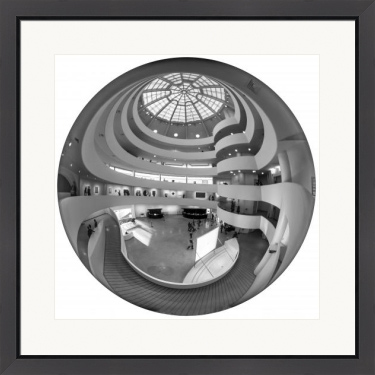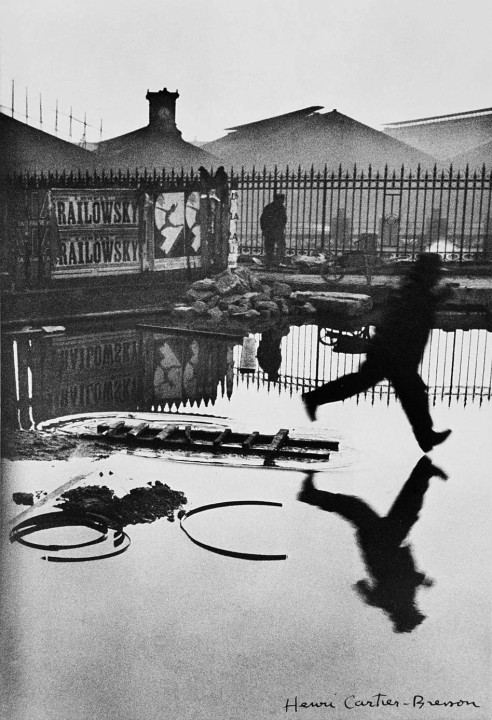On February 6 2015, I gave an interview to Russian Insider about my approach to photography. Here’s a copy:
Michael Levitis for Russian Insider: Dear Insiders, today I would like to introduce to the group Alexander “Sasha” Karasev, a principal photographer at Karasev Studio. Tell us a little about the work that you do, Sasha.
Me: Thank you, Michael. Hi, everyone. You can see my work at karasevstudio.com
I do three main things: advertising photography (products, office spaces), theatre photography (promotional, actor headshots), and photography consulting (help businesses deploy and use on-site photo setups and train staff, so they can do their own high quality photography).
RI: What are some of your current projects?
Me: A fun ongoing one has been InstaMedCare, an upscale medical practice where I was brought in to redesign the logo and take some exterior shots, but ended up doing large-scale shoots with 12 models as “patients” showing the staff in action; uniform design and even the design direction for the web site and marketing materials, where we’d used the actual colors and textures of the physical office in its digital and printed materials.
Secondly, stage photography for a play Kentucky Cantata. My focus was for the photos to evoke the same emotion as the scene portrayed, even captionless.
Lastly, I’m having a gallery exhibition coming up of six of my RoundNY prints. It’s a pretty small space as far as art galleries go, but everyone is welcome to come see it.
RI: Any photo tips for us, to catch that perfect moment?
Me: You don’t catch it, you anticipate it. That I learned from one iconic photo, taken by Henri Cartier-Bresson in 1932:

Cartier-Bresson knew that after it had rained a certain amount, a puddle would form there that was bigger than the ladder thrown on the ground, so people were going to have to jump to keep dry feet.
Much of our life operates in predictable patterns, and if you’re a good student of them (a hunter’s instinct?), you can get yourself into the perfect position ahead of time and with your shooting rig set up just right. Essentially, you get to see into the future!
RI: Interesting! But looking at that photo (and I think I saw it somewhere before, being credited as iconic), what makes a photo that special?
Me: In the early 20th century, photojournalism consisted of police mug shots and tediously posed portraits. Cartier-Bresson has created photojournalism as we know it today, where a photo can tell a story, not just make a trivial statement. So in a way it’s thanks to him that we say a picture is worth a thousand words.
Coming back to that photo above, I could take my camera when it starts to rain and go wait for an elegant elderly gentleman help a young lady over a puddle of water, while her Northface-clad 20-year-old suitor haplessly looks on from the other side, but realistically that image would be worthless, because that card’s already been played by Bresson last century. Think caveman drawings – pretty impressive back in those days, but not so much if you’re not a caveman.
What makes a body of work significant, I believe, is it representing a completely new and compelling way of seeing and feeling. A 2nd Dali, 2nd Warhol, 2nd Adams are next to worthless – one needs to find the first of themselves.
RI: That’s a cool insight. In terms of practical tips, how can we look better on photos? Is it true that camera adds 10 lbs?
Me: Camera captures a 2D projection of a 3D world, so in that way, yes, poorly thought out lighting or bad posing can easily add 10lbs. Lighting is complex – if you want to get to the bottom of it, study the work of Renaissance masters and especially Rembrandt. There’s a particular way of lighting named after him.
Posing wise, I get asked a lot, so I’ve written an article about it.
RI: Are there any posing “secrets”?
Me: You think I’d go around telling people those? Well, alright, just for you folks. ;) There are many; here’s just a short list:
- Press the base of your tongue into the roof of your mouth,
- Bring the mask of your face thee-quarters of an inch towards the camera,
- Leave a quarter-inch gap between your teeth,
- Bring the lower jaw a quarter-inch forward,
- Smile with your cheeks not with the corners of your mouth,
- Bring up the lower lid of your eyes without closing the upper lid.
I could go on; the point is, if one tries to do all this at once, they’ll have nothing but a tortured expression. Modeling is hard work, and, like anything else, it takes 10,000 hours of practice to become effortlessly good at it.
RI: So what do you do with regular folks or beginner models who don’t have 10,000 hours of modeling experience?
Me: I do two things:
- I direct them and introduce tips relevant to their situation at a pace they can absorb. In that sense (using motion picture crew roles as an example), a photographer is supposed to be a director first, and a cameraman second.
- I over-shoot. If I take a thousand photos of you and give you the best 10, those will be your top 1% photos, naturally.
RI: Thank you, Sasha!
Me: Thank you, Michael! Those were petty good questions!